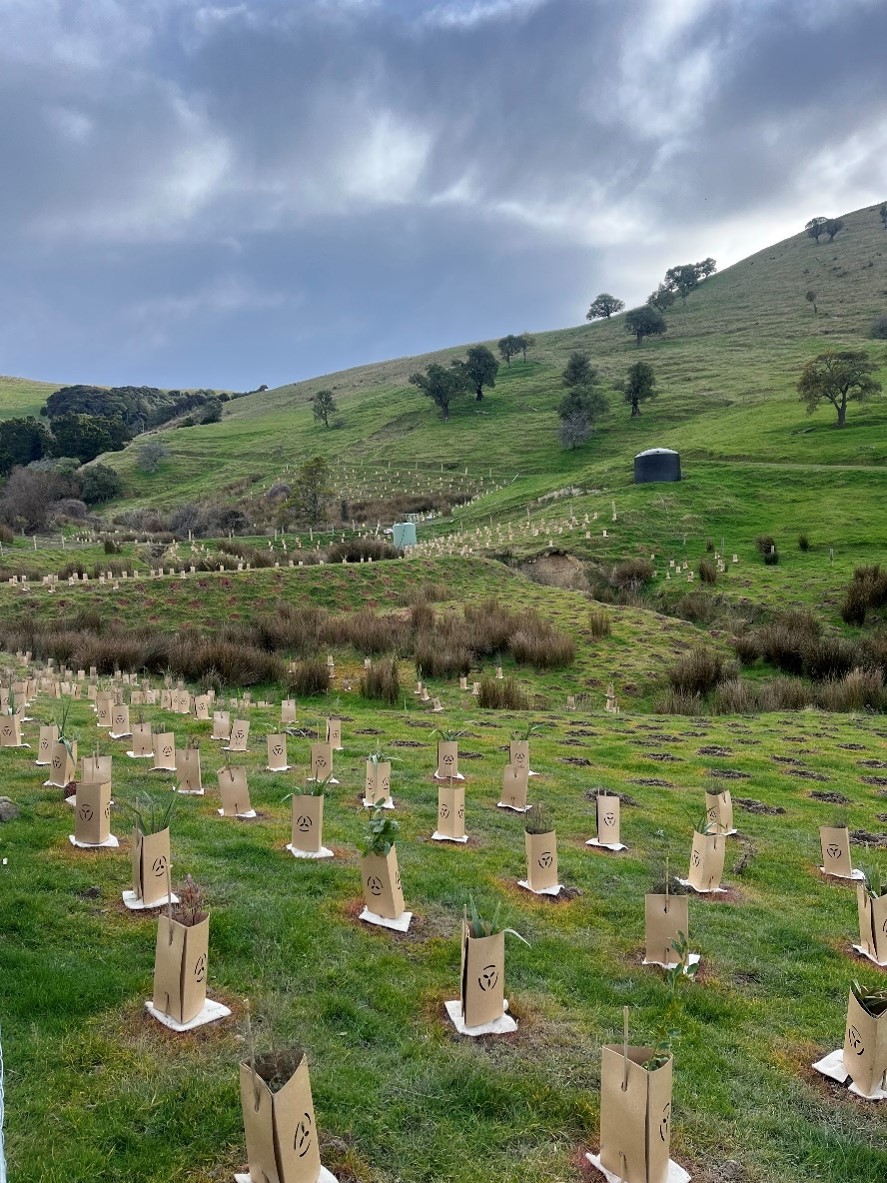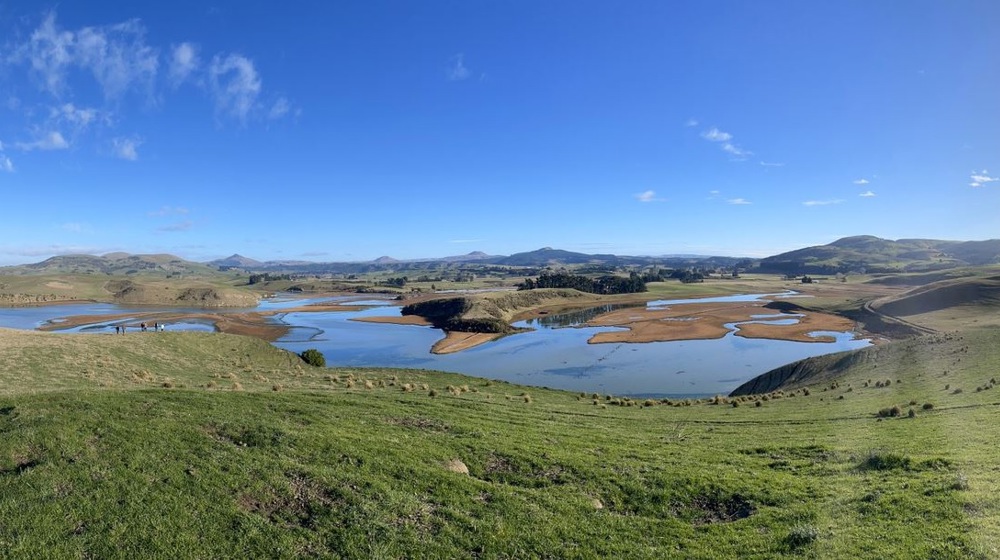-
-
-
-
-
-
-
-
Nature-based solutions study
-
-
-
-
-
-
Wai i te reporepo, wai i te wao: what nature tells us about how to understand and prepare for flooding
The Nature-based Solutions study will model nature-based methods to find out how they may lessen the effects of flooding and enhance biodiversity. The results will benefit the entire region.

The Otago Regional Council has been partnering with Kāti Huirapa Rūnaka ki Puketeraki to enhance the mauri and health of the Te Hakapupu / Pleasant River system in East Otago.
Together, we are on a journey to create a catchment restoration action plan to inspire us to sustain the awa. The plan aims to enhance the wider ecosystem, improve water quality by reducing the amount of sediment and nutrient input to the rivers and estuary, and use the best of Kāi Tahu mātauraka (knowledge) and modern science to sustain our efforts.

and restore biodiversity
As a regional council we are always looking for new and better ways to protect people, livelihoods and infrastructure. The Toitū Te Hakapupu Restoration project has built relationships and developed a knowledge base which make this catchment ideal for a pilot study modelling the use of nature-based solutions.
The year-long Nature-based Solutions Study, is fully funded by the Ministry for the Environment’s (MfE) Essential Freshwater Fund and will use work already done in the catchment to explore the potential of Nature-based Solutions or ‘green Infrastructure’ like wetlands and planting to help manage flooding, clean our water and support biodiversity in the region. We have engineering, water, planning and climate change experts helping us out and we’ll be combining local knowledge with international best practice to come up with ideas that could work.
Our partners have existing relationships in this area, so it makes sense to use this location as a pilot and get to work on a Feasibility Study which will be completed this year, to help us understand what might work and where.
An Engagement study, looking at perceived barriers and people’s willingness to adopt these ideas, will be finished in 2025. The results from both of these studies will help inform future decision making.
 Known globally as Nature-based Solutions (NbS) these are practical ways to use nature's own processes to solve challenges and include things like wetlands to soak up floodwater and filter pollutants from stormwater run-off, and native planting to provide habitat for threatened species. These measures could be a win-win for the environment, industry and the local community, helping us play a part in reaching Aotearoa New Zealand’s environmental goals, while reducing the impacts of flooding and climate change on people and infrastructure.
Known globally as Nature-based Solutions (NbS) these are practical ways to use nature's own processes to solve challenges and include things like wetlands to soak up floodwater and filter pollutants from stormwater run-off, and native planting to provide habitat for threatened species. These measures could be a win-win for the environment, industry and the local community, helping us play a part in reaching Aotearoa New Zealand’s environmental goals, while reducing the impacts of flooding and climate change on people and infrastructure.
Rather than engineering or built structures, natural solutions rely on green infrastructure - such as wetlands - to soak up floodwater and filter pollutants from stormwater runoff and native planting to prevent erosion, improve air quality and increase biodiversity.
- Once we have got a list of ideas, we will test these with mana whenua, industry and land user groups, like forestry, farming and lifestyle block owners in Te Hakapupu / Pleasant River before we finish the Feasibility Study.
- Once this report is complete, we’re planning to test some of the ideas more widely, with land users around Otago.
- At the end of the project, we’ll have two documents – a Feasibility Study focusing on possible designs for the Te Hakapupu catchment, as well as an Engagement Study about the opportunities and roadblocks to adopting nature-based solutions in the wider Otago catchments.
- From there we’ll be better placed to make a case around if and how Nature-based solutions could be rolled out in this region in future.
To learn more about the project email the project manager Melanie White.
Or follow the links below for more information about:
What the Ministry for the Environment is doing, and case studies of nature-based solutions from around the country, visit: Working With Nature
Previous ORC projects in Te Hakapupu, like the Toitū Te Hakapupu Restoration Project

Hinoka kai tō rohe Projects in your area
Otago, New Zealand's third-largest region, features diverse landscapes like rugged coastlines and majestic mountains. We prioritize sustainability and collaborate with mana whenua and the community on projects. Explore our ongoing initiatives.

Toitū Te Hakapupu: The Pleasant Catchment River Restoration Project
A partnership project with Kāti Huirapa Rūnaka ki Puketeraki to improve the health of the rivers and estuary in the Pleasant River Catchment.

Toitū Te Hakapupu Newsletter
Sign up to the Toitū Te Hakapupu newsletter for updates on the project and read previous updates.
